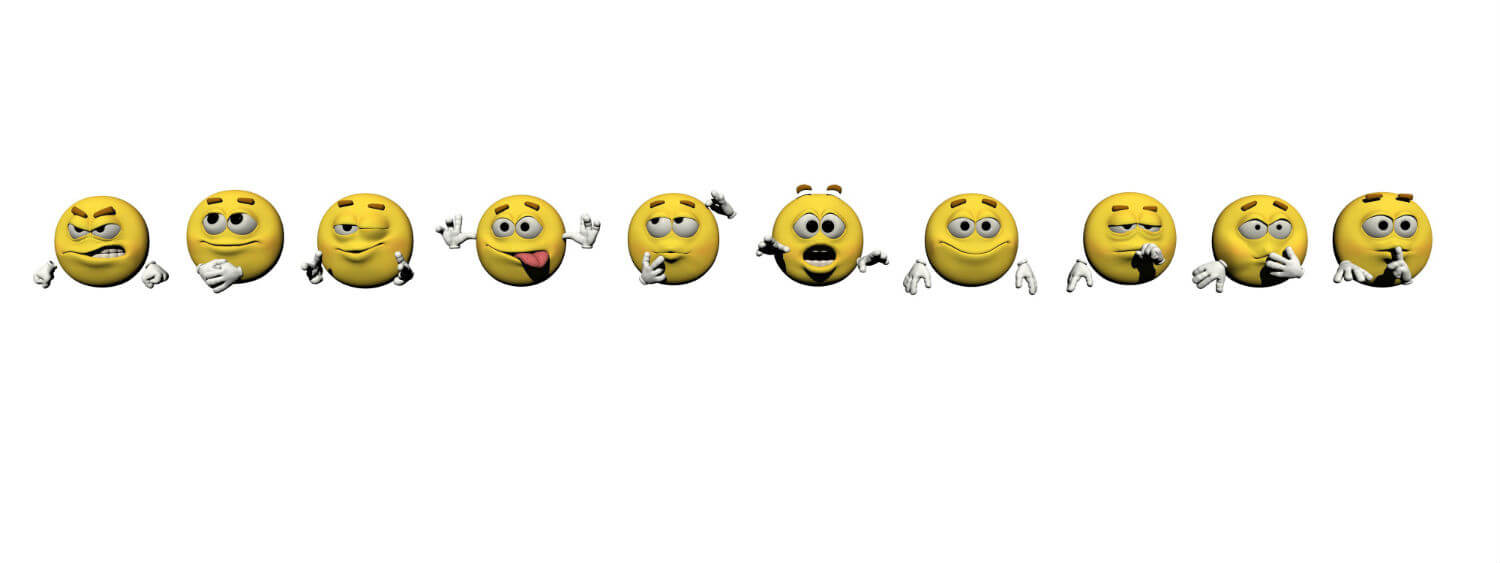Can you believe it's only been four years since the colourful, eclectic and downright random selection of icons blasted onto our phones – known as emojis? Of course, many of us had already experienced online smileys previously - in the MSN Messenger days when such faces were called 'emoticons.' Years later, a surge in technology, internet connectivity and innovate design led to the introduction of emojis - and the world looked on, confused (apart from in Japan, where emojis were already smugly interspersed in communications).
One minute we were texting vocabulary; the next (and an Apple update later), we had a dictionary of feelings, foods and fun – all wrapped up on a brightly coloured keyboard. We could express how we felt with a smile, a sad face or – if we were feeling adventurous – with a mixture of more than one, while our inquisitive receiver worked out what we meant and how they could quirkily reply.
Since then, we’ve had Kim Kardashian emojis (I’m still wondering who paid for those), Oxford Dictionary incredulously announcing that their 2015 Word of the Year was actually the ‘Face with Tears of Joy’ emoji, and even World Emoji Day. Yes, it has its own international day. Of course, this doesn’t include more Apple updates and thus more emojis. Now, comparatively, the world looks on inspired - and probably crying laughing.
But what about emojis for marketers or businesses?
The emoji marketing stats
According to data by Appboy, over the past 12 months, the number of customer messaging campaigns that has used emojis has increased by an astonishing 609%, while more than a staggering 800 million emoji messages were sent in June 2016 alone. We know that emojis are increasing in popularity, but the most interesting piece of data from this research is that since October 2015, emoji marketing has surprisingly stabilised.
Why? This doesn’t mean that brands aren’t using it as much or as frequently. Instead, it’s because they’re using it more intellectually.
How brands are now using emojis much more cleverly
When emojis launched on our phones, brands adopted them almost straight away, sending out millions to their fans, who were left swimming in a sinking swamp of love hearts, hand gestures and cute animals. In a rush to get onto the latest chic trend, we saw all types of emojis everywhere because using an emoji – no matter which one – was cool, right?
Now, the research suggests that brands are using data segmentation to tailor their emoji use, delivering specific emoji messaging to the right audience - one which is likely to respond to them.
Thumbs Up emoji marketing examples
Although you may presume that emoji marketing is predominately used by brands targetting 18-25s (because 72% of this demographic find it easier to express themselves using emojis than the written word, apparently), you’d be wrong.
Chevrolet
To showcase the release of their Cruze model, Chevrolet sent out a press release wrote solely in emojis as a way to have fun with their audience and, no doubt, raise eyebrows. To create interaction online, Chevrolet encouraged readers to decode the press release and use the hashtag #ChevyGoesEmoji. Then they revealed exactly what it meant to an avidly awaiting audience. Genius.
Deadpool
The basic emoji use on billboards advertising Marvel’s Deadpool was simple and stupid, which is what made it oh-so good. Highlighting the laid-back attitude of the film’s marketing – and subsequently mirroring Deadpool’s character, the unveil had people laughing, confused and tweeting. Win, win. They even launched their own Deadpool emoji keyboard.
Thumbs Down emoji marketing examples
Penguin, Random House
What better way to showcase the greatest works of literature, like Shakespeare’s Romeo and Juliet, than by telling the story through emojis? Erm? Penguin’s OMG Shakespeare series brought the playwrights work into the digital age, alongside hashtags such as #NoFilter and #KillingIt. Definitely killed it there, Penguin; it’s a Thumbs Down emoji from me.
McDonald’s
Portraying parental problems, including road blocks and crying, McDonald’s emoji-only billboards reached out to parents as an advertisement for Happy Meals, showing the journey of a child’s negative emotion to happiness - with a Happy Meal thrown in somewhere between, of course. It was all fun and games until a billboard was vandalised in Bristol, placing an emoji being sick at the end. Oops.
Want to incorporate this new language into your marketing and create a Thumbs Up emoji campaign?
Quick tips for using emojis
- Don’t overdo it.
- Tailor your emojis to suit your audience.
- Search for double meanings - so many emojis are used as an icon for something completely irrelevant, which you may not want to get mixed up with.
- In fact, just avoid the aubergine emoji all together, okay?
- Use emojis as a way to connect with your audience. The most popular emojis used by brands are eye-catching emojis and ones that evoke an emotion.
With the use of emojis on the rise, we can be sure that this hip new language is here to stay. So, think you’re ready to take on the challenge? Join the big brands and embrace them! What have you got to lose? Thumbs Up emoji, Person Raising Both Hands in Celebration emoji, Face with Look of Triumph emoji, Smirking Face emoji.
I digress.
Follow us for on social media for more updates!

